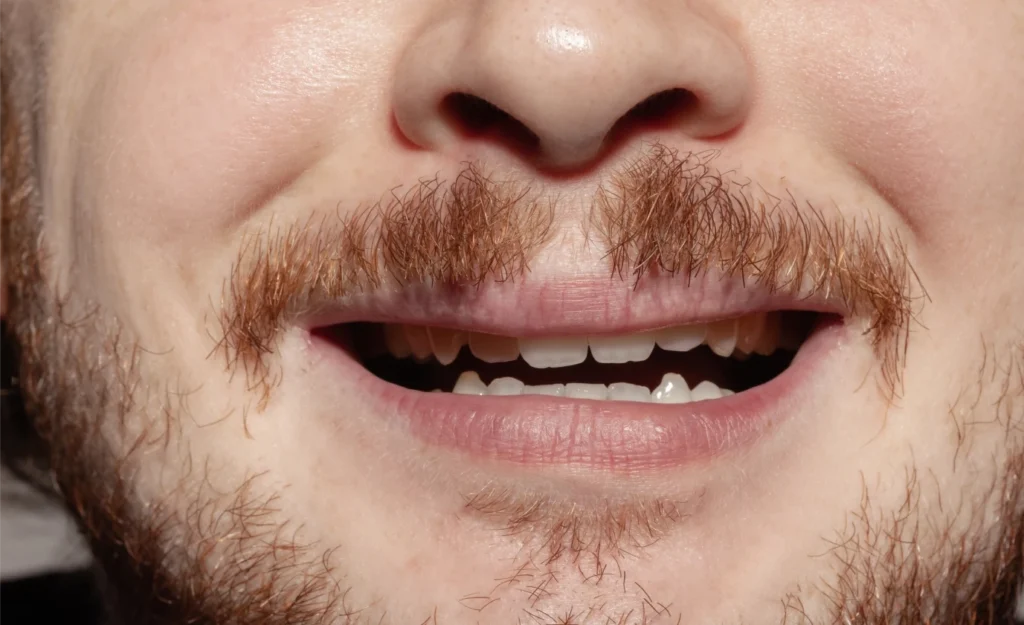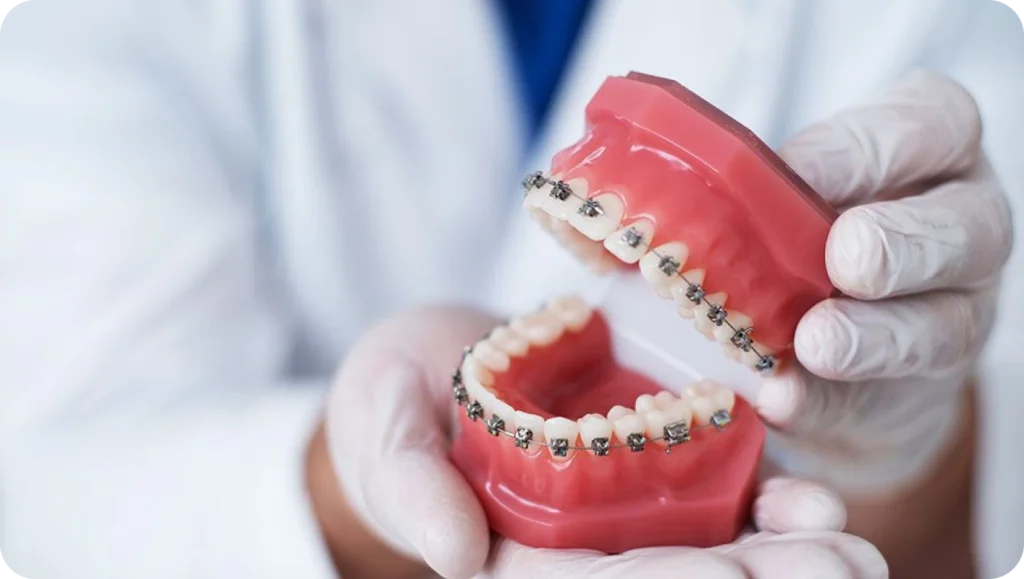Misaligned Teeth
Understanding and Correcting Misaligned Teeth
Misaligned teeth can result from several factors. First, genetics plays a crucial role. If your parents or grandparents have misaligned teeth, you might inherit this condition. Second, poor oral habits can also lead to this problem. For example, thumb sucking during childhood or prolonged pacifier use can cause tooth misalignment. Finally, accidents or jaw injuries can shift teeth and cause misalignment.
What are the Impacts of Misaligned Teeth?

Misaligned teeth can have significant consequences for your oral health. They can make brushing and flossing more difficult, thereby increasing the risk of cavities and gum disease. Furthermore, misalignment can lead to uneven tooth wear, causing increased pain or sensitivity. Additionally, misaligned teeth can cause jaw problems, such as pain or clicking, and even difficulties with chewing or speaking properly.
When to Consult for Misaligned Teeth?
It is important to consult a professional as soon as you notice tooth misalignment. The sooner you act, the easier it is to correct the problem. Tooth misalignment can worsen over time. Therefore, do not wait for the situation to deteriorate before seeking advice. During your consultation, the practitioner will propose solutions tailored to your situation. They can also advise you on the best methods to prevent the problem from worsening.
How to Prevent Tooth Misalignment?
Prevention is key to avoiding tooth misalignment. From an early age, it is essential to encourage good oral habits. Limit pacifier use and avoid letting your child thumb-suck for too long. Additionally, ensure your child has a balanced, nutrient-rich diet to promote proper jaw development. Finally, regular visits to the practitioner allow for early detection of any signs of misalignment and the necessary measures to address it.
What are the Solutions for Correcting Misaligned Teeth?
There are several methods for correcting misaligned teeth. The choice of method depends on the severity of the problem and your preferences. Here are some possible solutions:

Orthodontic Appliances
Traditional orthodontic appliances are a common method for correcting misaligned teeth. They use brackets and metal wires to gradually reposition the teeth. These appliances are particularly effective for cases of severe misalignment. However, they can be uncomfortable and require rigorous maintenance to prevent cavities or stains on the teeth.
Clear Aligners
Clear aligners are a discreet option for correcting misaligned teeth. They are custom-made and are almost invisible when worn. Aligners are removable, which facilitates brushing and flossing. However, they are not suitable for all types of misalignment. Furthermore, they require strict discipline, as they must be worn for at least 22 hours a day to achieve optimal results.
Functional Appliances
Functional appliances are often used in children to correct poor oral habits and jaw growth problems. They work by repositioning the jaws to improve tooth alignment. These appliances are typically used in conjunction with other orthodontic treatments to achieve lasting results. They can be removable or fixed, depending on the patient’s needs.
Orthodontic Surgery
In the most severe cases, surgical intervention may be necessary to correct tooth misalignment. Orthodontic surgery aims to reposition the jaw to improve tooth alignment. This option is generally reserved for adults whose problem is too significant to be corrected by non-surgical methods. Surgery requires meticulous planning and a recovery period, but it can offer lasting results.
Why Treat Misaligned Teeth?
It is crucial to treat misaligned teeth to preserve your long-term oral health. Misalignment can lead to chewing problems, jaw pain, and premature tooth wear. Furthermore, misaligned teeth can affect the aesthetics of your smile, which may impact your self-confidence. Finally, addressing this issue helps prevent future complications, such as cavities or gum disease, which can result from poor oral hygiene due to incorrect alignment.
How Long Does Treatment for Misaligned Teeth Last?
The duration of treatment depends on the severity of the problem and the chosen method. Generally, orthodontic treatment lasts between 12 and 24 months. Clear aligners can offer results in a shorter time, but this depends on patient compliance. Orthodontic surgery may require a longer recovery period, followed by orthodontic treatment to stabilize the results. It is important to follow your practitioner’s recommendations to ensure effective and lasting treatment.
How to Care for your Teeth During Treatment?
During treatment, it is essential to maintain good oral hygiene to avoid complications. Brush your teeth at least twice a day with fluoride toothpaste. Floss daily to remove plaque between teeth. If you wear an orthodontic appliance, be sure to clean carefully around the brackets and wires to prevent cavities. Finally, avoid hard or sticky foods that could damage your appliance and prolong the treatment duration.
What are the Side Effects of Treatments?
All orthodontic treatments can have side effects, but they are generally minor and temporary. You might experience discomfort or pain during the first few days after the appliance is fitted. This sensation should subside as you get used to the appliance. Clear aligners can also cause slight discomfort, especially when changing aligners. In some cases, appliances may cause gum or lip irritation, but these issues can usually be resolved with minor adjustments.
What to Do after Treatment?
After completing your treatment, it is important to maintain the results achieved. Your practitioner will likely provide you with a retainer to wear at night. This appliance helps keep the teeth in their new position and prevents any shifting. Continue to visit your practitioner regularly for check-ups and professional cleanings. Finally, adopt good oral hygiene habits to preserve your long-term dental health.
Correcting misaligned teeth is an investment in your oral health and overall well-being. Whether you choose orthodontic appliances, clear aligners, or other methods, it is essential to follow your practitioner’s recommendations to achieve the best possible results. By caring for your teeth during and after treatment, you can preserve a healthy and harmonious smile for years to come.
